Leading Innovation Through Crises with Dr. Stephen Tang
We’re continuing our series of interviews with leading innovation experts. This time we’re interviewing Dr. Stephen Tang on leading through crises and embracing innovation in the process of doing so.
He originally earned a PhD in Chemical Engineering and later added an MBA from Wharton, and he has a long and storied career spanning over three decades. He’s been an entrepreneur, consultant, corporate executive, board professional, and a lot more.
Table of contents
- Background
- Why is leading innovation challenging?
- Capturing opportunity
- Innovation during the pandemic
- Overcoming challenges
- A Test for Our Time
- Getting the message to decision makers
- Lessons learned
- The relationship between innovation, R&D and other teams
- Ballancing ambiguity and innovation
- Creating an innovation culture
- Conclusion
Could you tell our listeners more about yourself and your background?
Dr. Tang: It's a pleasure to be here with you and your innovation audience, very dear to my heart for many years.
I am an American, but I'm the son of immigrants. My parents fled war-torn China after World War Two to make a new home here in America.
My late father was a fellow PhD chemical engineer, my mother is a scientist, so I grew up in a very "sciency" engineering higher education kind of environment. But I say that not to be highbrow inaccessible. I just think that the curiosity, the search for knowledge and the linking of disciplines together were key to my upbringing.
As the son of immigrants, and person of color, I was very much used to growing up as an outsider and that shaped my perspective both as an innovator and an entrepreneur.
I'm a great believer that the immigrants’ pathway in their new country is very closely aligned with the innovators’ and the entrepreneurs’ pathway, trying to break new ground and new areas and doing the unexpected.
All those things have shaped my perspective and worldview. Your very generous introduction highlights the fact that I've been fortunate to be in leadership roles for many years in my career since graduating college with a degree in chemistry before the PhD in chemical engineering and the MBA from Wharton started 40 years ago. I've been fortunate that over those 40 years, I've served the CEO role, the chairman or the founder role for 33 combined years.
That spans a number of industries from professional services, management consulting specifically. I was an energy technology entrepreneur and spent a lot of years in the life science industry as an entrepreneur supporting entrepreneurs through non-profit and then actually being on the frontline in the firing line, in the arena, so to speak as an entrepreneur myself.
I see the world clearly from the view of a decision maker and from a corporate governance perspective. I think a lot about how my life experiences have impacted my view of innovation and what innovators can do to advocate for their own cause, but understand how decision makers think of things.
Our audience is mostly corporate innovators, and you’ve obviously spent decades leading innovation in the corporate world. Why do you think it’s so challenging for most organizations?
Dr. Tang: Well, I go to a fundamental definition, of strategy. I think it’s long been glorified, resource intensive, and expensive exercises, strategy formulation for companies.
I would boil it down to this: the strategy is the overlap of opportunities and capabilities.
I think if anybody in a company views strategy in that way, then you're thinking already in terms of an innovators world. Innovators think of ”what can I do well and what does the world need and how do we make money off of it”.
That simple confluence sets the stage for how innovators can align with corporate executives. You have to be able to speak a common language and I think that strategy as opportunity overlapping capability makes a lot of sense.
Now, it's not a static analysis. Our capabilities change over times and our opportunities change over time. We'll get into it a little later, I'm sure.
I am predicting that the next normal for all of us will be filled with crises that we're going to have to adjust to. I think the pre-pandemic strategy was viewed more as gospel and immutable. Post-pandemic, where we are today, and moving into the next normal, it will have to be much more flexible.
So, if innovators could speak that language of strategy and speak in terms of how our capabilities are changing, what we need for investment and how the opportunities are shifting greater or smaller over time, I think we'd all have better harmony and alignment towards a strategy towards the execution of it.
With that, I want to dive right in and ask you about your time at OraSure. You were in charge when Covid-19 became a pandemic. Given the field that you were in, I’m sure you saw a lot of opportunity to be captured, but also a lot of risks. What were you thinking and how did you react?
I'll try to give you answers in bite-sized chunks. As you know, I've I've written a book called “A Test for Our Time: Crisis Leadership in the Next Normal”, which is an account, a memoir with a lot of lessons about what it's like to lead a company during a pandemic.
Just to give a brief background, OraSure technologies was founded 35 years ago and went public 20 years ago.
The pandemic really focused our attention and our strategy, which meant opportunities and capabilities on creating an in-home COVID-19 test. IntelliSwab, which Oprah Winfrey graciously said is the easiest home COVID-19 test to use in America, was our great breakthrough product.
We also do other things. There's a company in the states Called 23andMe and they make DNA tests and we also make the saliva collection kit to go with that. We had latent capability, and the company was an innovator throughout its existence. It actually developed the 1st in home HIV test that hit the market in 2012.
Oddly, between 2012 and the pandemic in 2020, there were no other home tests that the FDA approved for infectious diseases. So, we had latent capability but a fairly limited market.
The story of OraSure is how we became a company that in our entire 20-year public company existence sold about 80 million tests, most of those HIV tests, to ramping up to be able to produce InteliSwab at the rate of 100 million tests per year.
Think of that. Before the pandemic, you were in a company that sold 80 million tests over its twenty year existence. Now, if you're working for OraSure, you work for a company that sells more than that every single year.
The breakthrough in innovation was first discovering the product, then reducing it to practice and then scaling it up massively, which required not only the scale up of physical facilities and machinery, but capability as well. All that was done in a backdrop, as we all know of a dangerous pandemic, where many people were isolated at home, and those that came into the facilities had to be protected.
You have that very strange dichotomy and paradox where before the pandemic most people would have said that this could not be done because to have innovation you have to bring people together before they can actually create products on a massive scale.
There are some interesting lessons that we learned, that as leaders we had to address as we went along. There was no textbook for managing a pandemic and a crisis in this particular way, so it was both delightful and satisfying and terrifying at times.
When the pandemic first began, how did you pull the team together? What were you thinking about and and how did you start the transformation?
Dr. Tang: One of the most misunderstood things about innovation, as you and your audience know, is that most of the world believes that innovation happens within Archimedes type moment. “Eureka, we found it”, but in fact it's a lot of hard work over a long period of time that most people don't see.
In the case of OraSure I credit our diagnostics R&D team led by Doctor Jody Berry, who's a very talented immunologist, Canadian by background.
One of the most misunderstood things about innovation, as you and your audience know, is that most of the world believes that innovation happens within Archimedes type moment, “Eureka, we found it”, but in fact it's a lot of hard work over a long period of time that most people don't see.
He and his team had scoured the literature to know what this particular SARS- COVID virus was all about and how it was going to be different than previous SARS viruses. They successfully made the case to decision makers, including myself, that this was something we should pursue. It would be a game changer. Even though it wasn't in our existing strategy or existing budgets.
That challenge has several dimensions. There's a scientific dimension, in the words of Mark Watney, the astronaut from the Martian, we knew ”we had to science the *** out of this.” But he also had to convince decision makers like myself that we needed to pivot our time, attention and our budgets into something else.
All those things together sort of laid the groundwork for how we began. There were many twists and turns. One of them was that we thought in the beginning that the test was going to be using saliva as the method of detecting the virus, but the Coronavirus wouldn't cooperate.
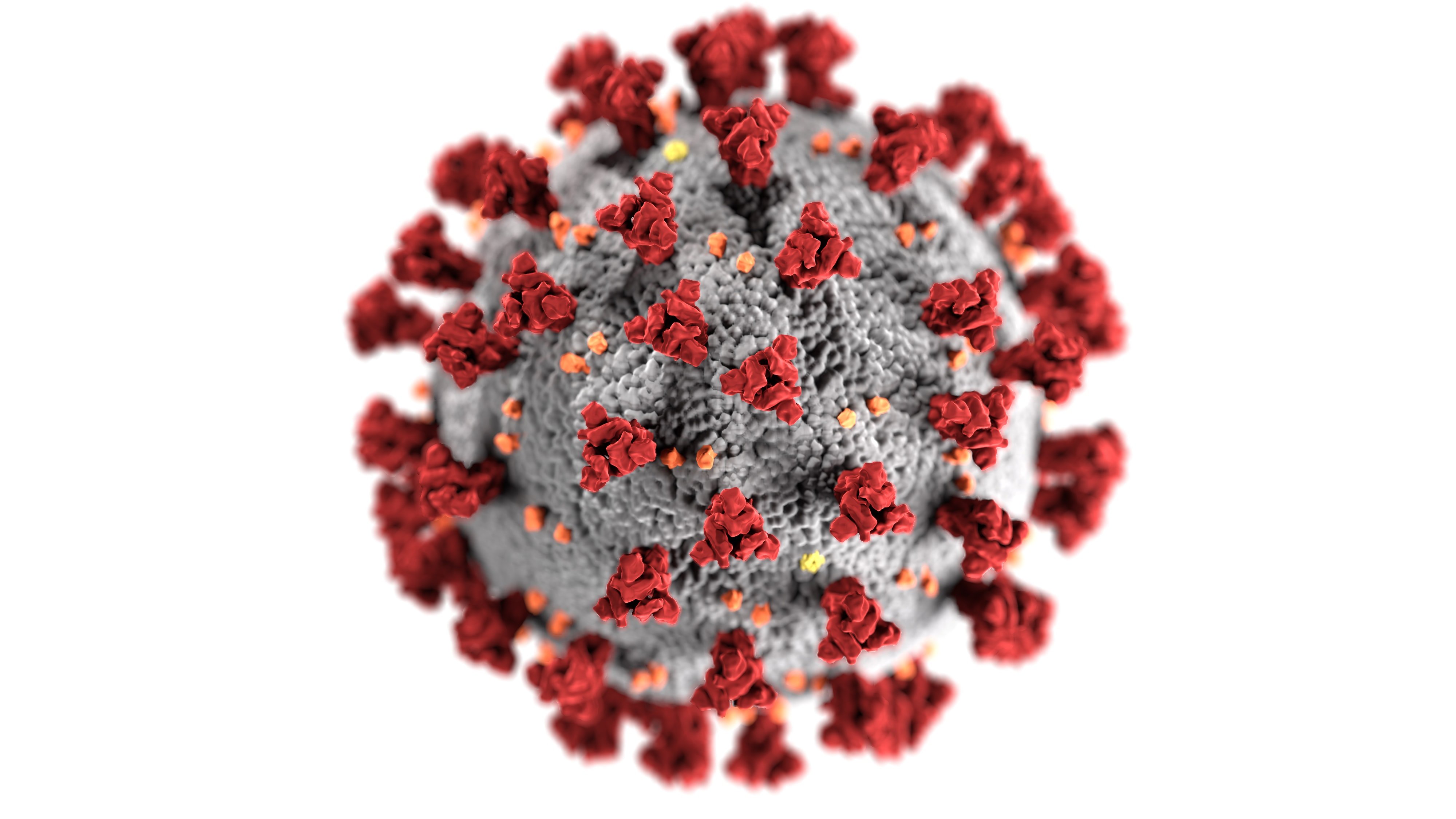
Coronavirus wants to exist in the nose, and we had to pivot into a test that included a nasal swab in our product to be able to sample there. There's a lot of room to talk about the unexpected and the unforeseen and what actually happened to be able to pivot and adjust to all those issues, technical, managerial, but also political and social.
Thinking about all of those challenges that you had to overcome, what do you think were some of the the biggest ones that that you weren't expecting?
Dr. Tang: There were certainly technical challenges as I mentioned, but we were also dealing with a regulatory body, the FDA which was operating under emergency use authorization versus their standard way of approving products.
They were essentially developing those as they went along. If you go back to strategy being capability over opportunity, the opportunity remained large but the capability to get to that opportunity shifted very much over time because everybody was trying to make adjustments to the pandemic.
If you remember the way that leaders around the world were communicating about the virus, not one of them had it right from the outset and most of them had it wrong on a continuing basis.
We had to get people focused on the task at hand without being distracted by what was going on in the outside. I remember early on as we were making the decisions there was a healthy dose of people that believed this was going to pass quickly and that we shouldn't devote our time and attention to it.
What leaders and innovators have to do is makes sense of a very complicated world with a lot of information that is conflicting along the way.
Lastly, I think scaling this up in a manufacturing environment, we had to make the investments to prepare the facilities, to create the facilities, to order the machines and equipments and the automation lines well ahead of knowing whether we could actually do this well. There was a risk of doing that. There's a scale up challenges that you face to bring a product to the market.
So where do we start?
There were challenges throughout that entire process and the organization had to respond by scaling up its capabilities from R&D to the quality functions, to the regulatory functions, to the clinical testing functions, all the way to manufacturing and then marketing and beyond.
You see that ripple effect throughout the organization where everybody had to do their job and be aligned in terms of timing and purpose along the way.
I think it's a challenge once in a lifetime, once in a generation for all of us. I think the important thing is that those of us that went through it have to acknowledge what went right and what went wrong, and what could have done better to prepare ourselves for future challenges.
I know that you’re currently working on a book regarding leadership during a crisis. Can you give us a quick sneak peek into some of the top lessons you’ve learned on leading through crises?
Dr. Tang: I think there are several lessons, but this ends up being a profoundly human story. It’s about strategy, products, the pandemic, but it's really about people. The biggest learning for me was that as leaders, we need to lead all people wholeheartedly. We cannot assume that people come into their jobs and can focus on their jobs when they have so many other things going on in their life.
The pandemic brought that to the front and center. We had people working with their spouses who may have also been working with children who were attending school remotely all in one, building: their home. 24/7, 7 days a week, 365 days a year for over 2 years.
I think leaders should take note of that. To get people to work together, they first have to acknowledge that those people have challenges in their own lives. That's the whole people part of it.
The wholehearted part of it comes down to the basic trust formula, which I learned many years ago when I was with Gemini Consulting. That is trust is equal to credibility times intimacy divided by risk.
Let me unpack that.
At any given moment, credibility means there's no gap between what you say and what you do. ”I believe you, I trust you because you're capable of doing it.”
Intimacy is ”I trust you because you have my back.”
In cases where you have profound risk during a pandemic, that's the denominator risk. If risk is high, that means that credibility and intimacy have to be equally high to maintain the same level of trust. What that means fundamentally is that people have to believe that you care about them before they'll care about the cause.
So much has been written about organizations having purpose and mission. I think at a very human personal level, leaders have to make sure that their people believe that their leaders have their best interests, their health and their safety first before they will commit to working harder on risky projects that may not have the outcomes and the time that we think they will.
Fundamentally, that's what it means. It's about compassion, but it's also about accountability and empowerment and engagement.
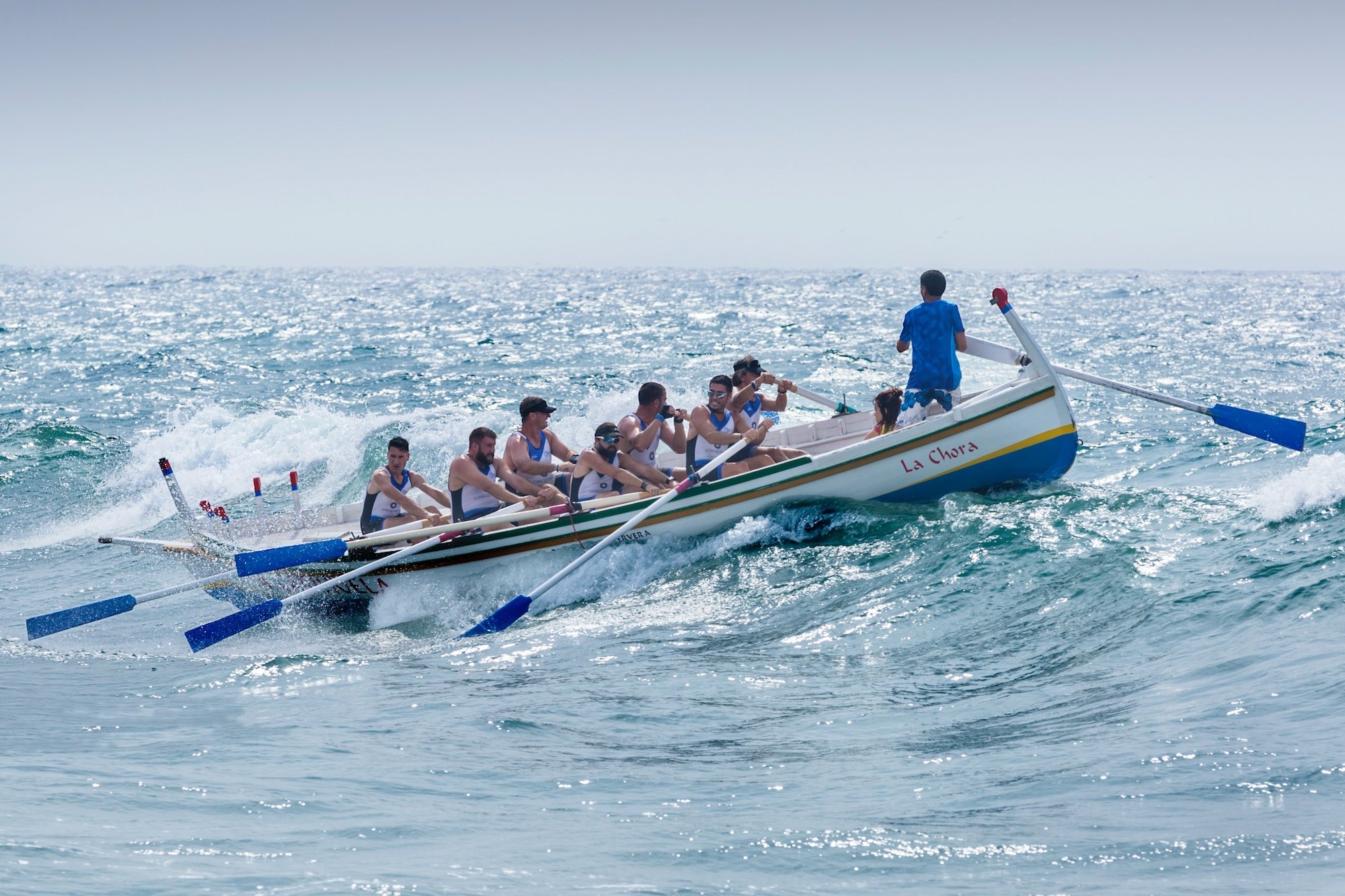
The very counterintuitive part of the leadership equation here is that in order to get people to work together well in many different locations, whether they're remote or they're in the office or they're in a laboratory or in the manufacturing facility, you need to empower them. You need to give them the information they can to make the decisions as quickly as possible, as best as possible to get them there.
There are so many analogies I think of. In military environments, where that's been the difference. If you look at space exploration, you look at the power crisis, you look at the way we portray science fiction movies. What it really comes down to, is you need to trust people to do their best for you. The best way to do that is to show that, to earn the respect and trust of them in times of crisis.
That's fundamentally what what we learned through the crisis.
You were already talking about making the case to executives and I think that's a big challenge that a lot of our audience is intimately familiar with.
As someone who's seen pitches and given your fair share of rejections for innovative proposals as well, what's your take on that and how would you advise people to make their point so that it it gets through?
Dr. Tang: Well, we're in a very strange time, as as you know there are many crises that are upon us. I believe that the pandemic is not yet over. In the northern hemisphere, we're entering winter. We’re not sure what will happen here. We should all be cautious.
We have a global economic crisis. We have a war in Europe, we have an energy crisis in Europe. Many things factor into uncertainty and business craves predictability but we don't have predictability right now.
Leaders left in uncertainty and ambiguity will tend to try to control the situation as much as possible and they do that typically through budgets. It really causes leaders in innovation and those promoting and advocating innovative projects to really sharpen their pencil in their approach.
I think the reality of the situation right now is that if you're looking at opportunities, overlapping capability, if you're asking leaders to invest in capabilities that have a longer term horizon, that's going to be less likely to happen just because they're going to be very short term focused and looking at preserving resources.
If you happen to work for a company that's a bit more progressive in their thinking and have the resources to invest you can take a different approach though, which says that this is a sound use of investment under the following scenarios.
I think that leaders always appreciate proposals that have contingency plans behind them. In contrast to ”here's my one answer, take it or leave it” in times of uncertainty and ambiguity, it's good to have a portfolio of options.
Because things could change for the better or worse very quickly these days, I think it's very important that you cultivate a relationship with the decision makers which gives them value over time.
I'll go back to my example of how my R&D team in diagnostics were the early warning system about SARS COV 2 and how it was going to be different than other SARS viruses.
So, be that source of information to inform your decision makers. Keep them on top of their game, so they can help you stay on top of your game. I think that's the kind of exchange and approach that I would recommend.
If you then think about the practical challenges in trying to get these projects to completion and creating that value during such times of crisis. what are some of the lessons that you might have learned on that along the years?
Dr. Tang: I think it's going to be an interesting portfolio of projects that decision makers will look at. It's not a static view of just the breakthrough products or services. I think that's a too narrow view of where innovations are going to happen.
If you look at the supply chain challenges today, and the assumptions that were made before the pandemic, when everybody was focused on just-in-time, with very little slack or contingency in the supply chain, now that has been completely rethought. The crisis in the Suez Canal in March of 2021 it's emblematic of how things can go wrong quickly and affect so many people.
The call for innovation is going to come from across organizations, not just from R&D and not just from people wearing white lab coats. It's going to be throughout the businesses. I think there's a reawakening of what innovation means to an enterprise.
From purchasing to manufacturing, to fulfilment, that supply chain needs to be
closely watched. The opportunities for automation and for consensus planning are there as well.
There ought to be, from a decision makers perspective, competition in the organization for innovation across the enterprise. I think that's a healthy thing for everybody. Those in product development need to be aware of that because that's the way decision makers will be thinking these days.
If you think about R&D or innovation teams or units, should they also be thinking about the bigger picture and contributing proactively towards these other areas of the business? How do you see the relationship between innovation or R&D and the other teams?
In times of crises, of uncertainty and ambiguity, decision makers like to see risk distributed. They they don't like all-in kind of decisions. Those in the R&D environment who worked closely with corporate development and business development will have an advantage.
In other words, if you cultivated partnership and alliances before the pandemic and can leverage those now going forward into this next normal, which is going to be crisis laden, I think you're going to be much better off.
The degree of sharing risk throughout the process I think will serve product developers and folks in R&D well. That includes working with universities or other non-profit entities that have capability that you don't have, where you can make the case for investment outside of your organization rather than bringing on staff.
That sounds much more flexible to decision makers. The ability to partner with other industry partners is going to be important as well. It’s going to rely on the resourcefulness of the R&D personnel to help make the case for this kind of flexible investment over time.
I’ve been reading your blog post and you’ve talked a lot about the unknown and ambiguity, and these topics really struck a chord with me. They’re something every innovator that is trying to create something new and every leader that’s looking to steer their organization towards a better future is all too familiar with, and it’s really easy to either go in headfirst, or to be paralyzed and not do anything.
How have you balanced this as a leader?
Dr. Tang: I think it begins at the top. You have to look at how the process of approving strategies and budgets actually happens. For a period of time, you could look ahead and have a budget over 12 months and if you could have a strategic plan for five years, that was meaningful.
These days, with high ambiguity and uncertainty and lots of unforeseen circumstances, that may not even be possible. It may not even be worth the investment to do that with things shifting so quickly.
If you begin at the top, then the top executives have to work with the governance of their organization, their board of directors, for example, and come up with a flexible way of allocating resources.
Maybe it's only quarterly, maybe it's less than a quarter, maybe it's monthly, but you have to have that agreement in place. If you don't have that agreement in place, it's very likely there'll be disconnects between what was forecasted over a time horizon, which was unreasonable and the results you're actually going to get.
I think that step from top executives gives the organization much more flexibility. Again, it goes to the trust equation. If I know my CEO has my back and that he's invested in me because he knows and trusts my capability, then you have a high degree of alignment and you can do great things together.
That's where I would focus. I think there are some courageous leaders out there who are able to do that. The tricky thing is when you are a public company and you're reporting quarterly earnings. There is some mythology these days that somehow because you can declare a number a quarter out, that you know more than the market does.
The reality of it is that nobody knows more than the market, what the circumstances are today and it almost requires that flexibility from decision makers. That's a place I would focus on.
This is sage advice, just keeping the flexibility and as you mentioned earlier about the supply chains, creating a bit more antifragility towards that, then having the same governance and remaining flexible.
Dr. Tang: I love that concept of antifragility. Things become stronger under stress. That's why our bones get stronger with exercise, that's why companies like OraSure got stronger during the pandemic. Those were shiny examples. I think that we need to bring more awareness, so that people see how that actually works.
The tendency is to focus just on resiliency but not understanding that you can get stronger during crises, during stress. I think it's a mind shift change that that we collectively need to have.
In your experience, what are some of the best ways for a leader to really create an environment where innovation thrives? Any practical advice for our listeners?
Dr. Tang: I'm a fan of Victor Hwang's book, The Rainforest, which was published 10 years ago.
Organizers of innovation cultures or innovation ecosystems can be a community.
I've worked as a community activist and organizer in Philadelphia to create an innovation ecosystem there through the University City Science Center. I did that for 10 years. But I think the same principles can be applied to corporate culture as well.
You have to view innovation as a rainforest and invite the biodiversity that's required in a rainforest to create lush life and vibrancy.
It's not all good because if you go down to the Amazon, there are many exotic animals. As a promoter of an innovation culture, I think you have to have a certain tolerance for those unforeseen elements.
This is where a lot of companies get it wrong. They try to homogenize the culture and don't allow for the quirkiness of innovators who might be outliers, or outsiders, to be able to contribute to the mission of the company.
I think as decision makers we have to recognize that there ought to be a tolerance, which means that you're always going to have situations where somebody doesn't like somebody, that somebody thinks somebody's doing something the wrong way.
To have some tolerance for that and to be able to have a connection with all those people without bias to the way we're used to doing things, there has to be a good balance between building new capabilities and new perspectives, which is a diversity piece, and recognition of the strength of our tradition. Sometimes those elements are at odds with each other, but if you're really going to promote innovation, I think you need to be very conscious of that and promote and advance the diversity piece of it.
Any closing thoughts you'd like to share with our fellow innovators and innovation leaders, what to really focus and take away from from our discussion today?
We’ve covered a lot of ground.
I think that at its heart, innovation is about being able to sense and make sense of the world today and where it's going. I hope we, as a society never lose that thirst and that interest of doing so.
If you promote accountability, compassion, empowerment, and engagement, you'll have an innovative culture, an innovative company that is truly antifragile, and gets stronger with the stress over time.
I think that we're going to have to confront many more crises in the next normal. That will create opportunity on a rolling basis for those that see the opportunity, can focus on it, can resource it and can accomplish it.
All those things are wrapped up in this notion of ambiguity and uncertainty. It will be a profound leadership test going forward to bring all these elements together. It's not a hypothetical exercise. Leadership involves earning the trust of others and the respect of others.
I come back to the trust formula. Trust is equal to credibility times intimacy divided by risk. You got to have people's back, and to have no gap between what you do and what you say or what you expect them to do and say as well.
Ultimately, it comes down to leading whole people wholeheartedly. If you promote accountability, compassion, empowerment, and engagement, you'll have an innovative culture, an innovative company that is truly antifragile, and gets stronger with the stress over time.
Interested in Innovation and Leadership?
Join 90k+ other monthly readers and subscribe to our blog to get the latest stories on innovation, leadership and culture straight to your inbox.


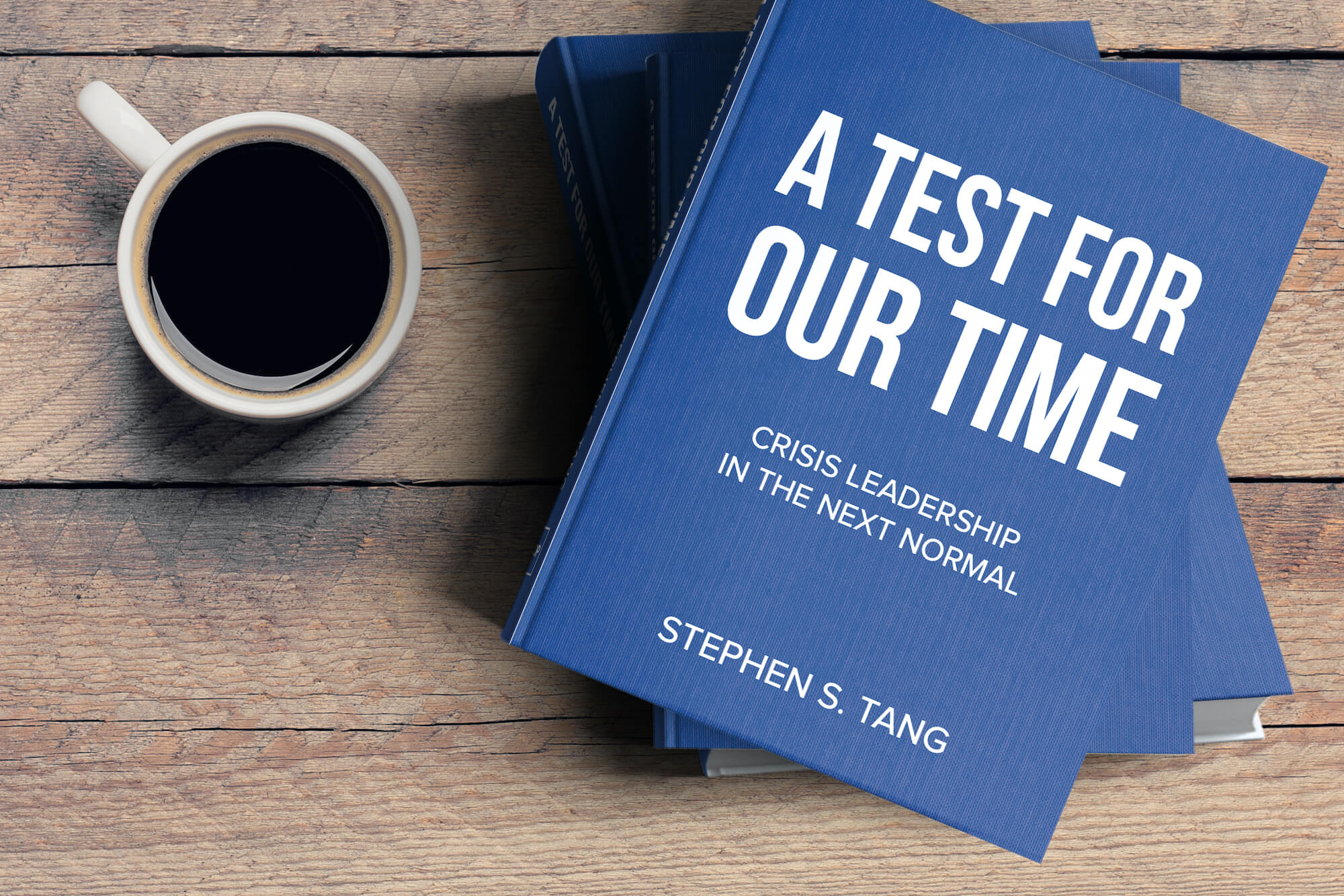
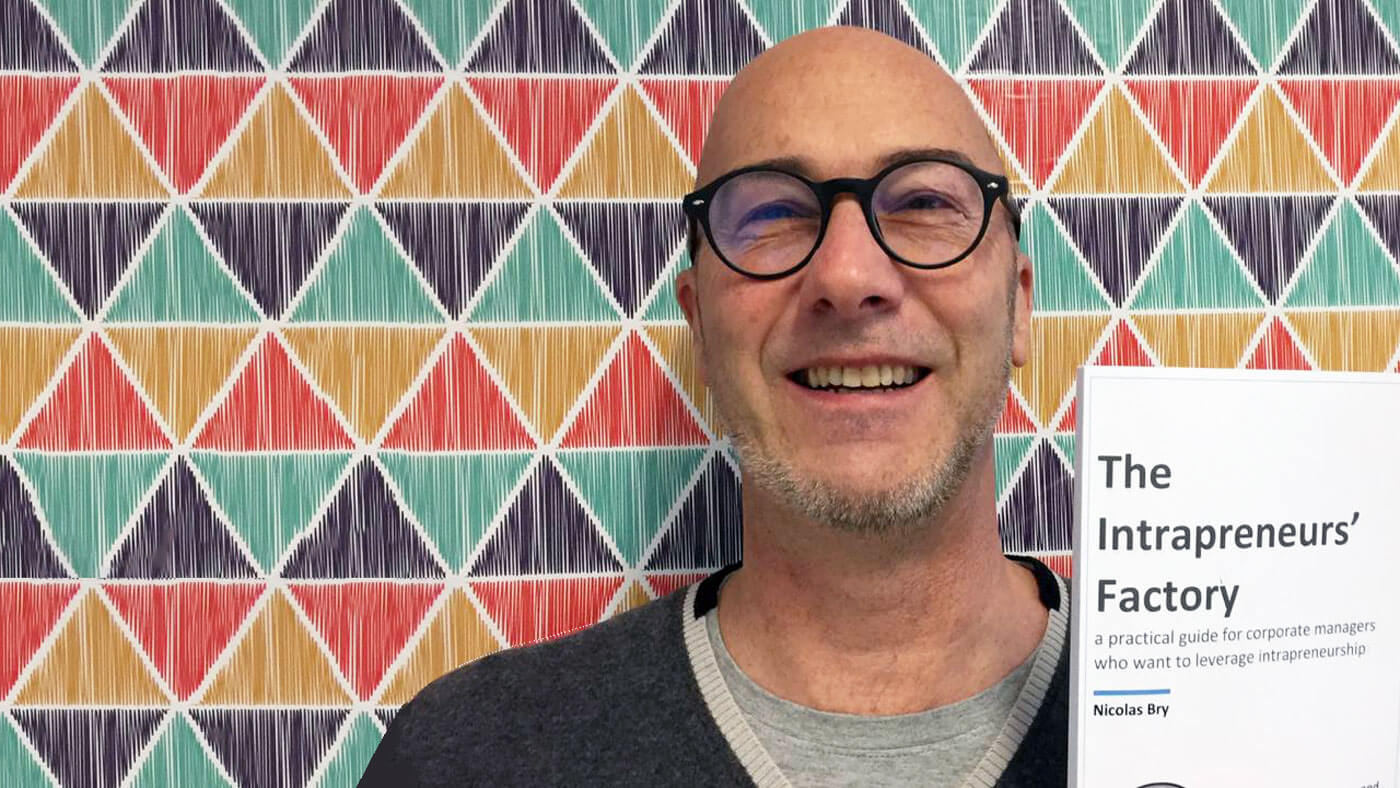

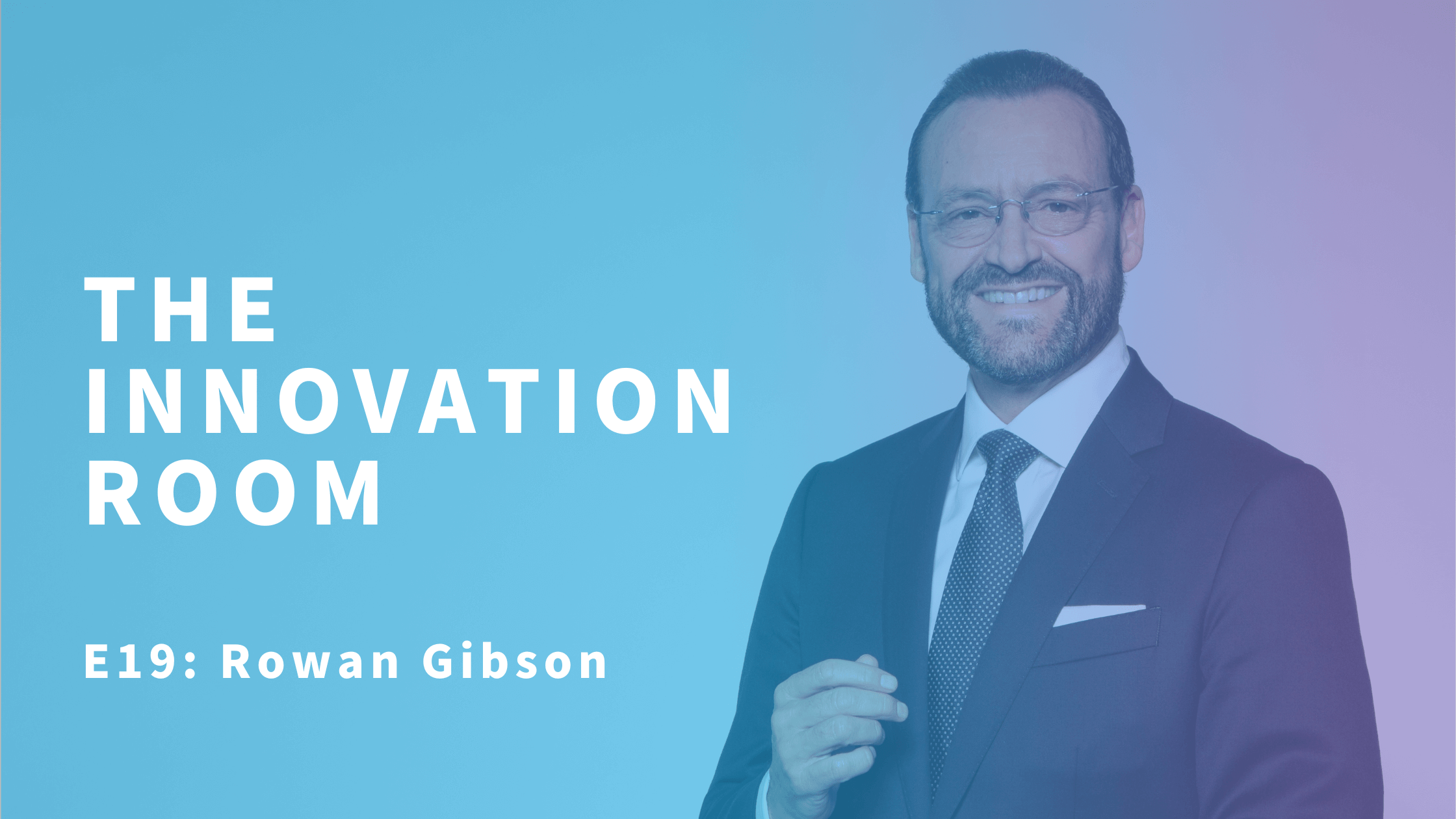
.png)